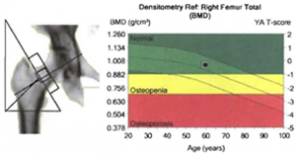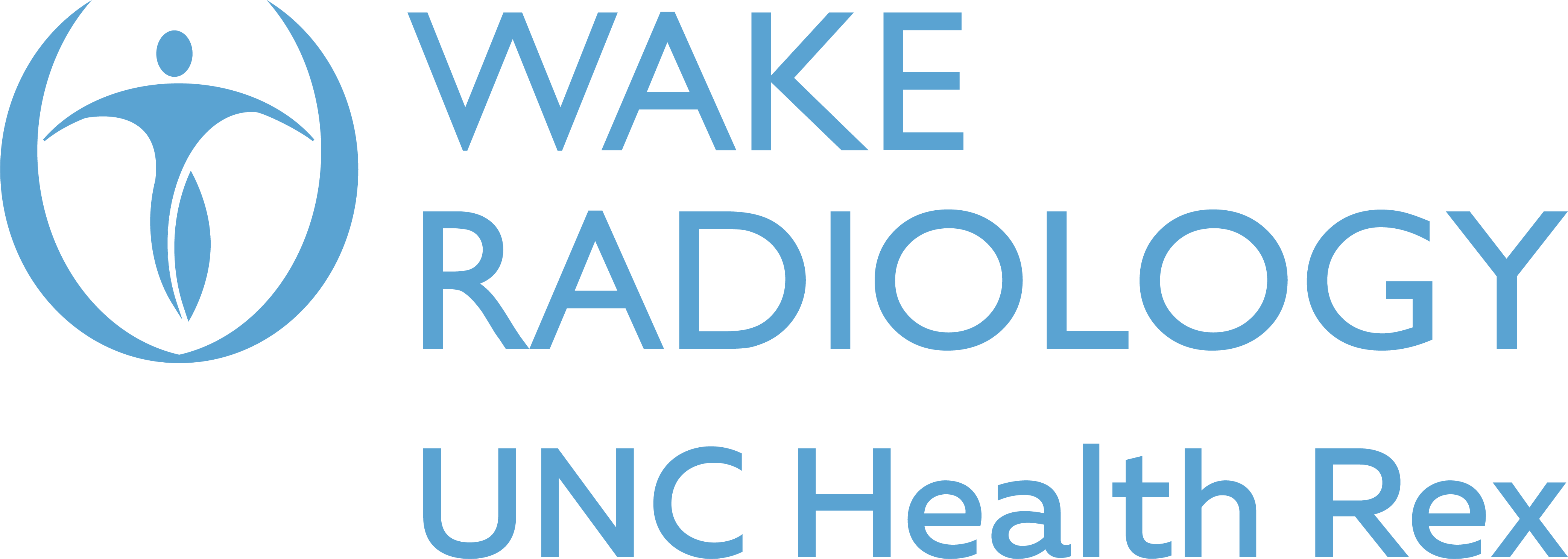Many of our patients are concerned about the impact of osteoporosis as they age. A Dual Energy X-ray Absorptiometry – or DXA – scan is a specialized type of procedure that can determine if you have osteoporosis. DXA is considered the gold standard for making this diagnosis.
Osteoporosis is a disease characterized by weak, brittle bones that can fracture even without an injury. It is a very common disease which affects about 54 million Americans. In fact, as many as 1.5 million fractures due to osteoporosis occur every year in this country. Osteoporotic fractures can occur in any bone, but are most likely to happen in the hip, spine or forearm. When multiple osteoporotic fractures occur in the spine, it can lead to a stooped appearance commonly known as a “dowager’s hump.” Until you suffer an osteoporotic fracture, there are really no symptoms of the disease. The only way to find out if you have it is to be tested. Recent advances in the treatment of osteoporosis makes it important to find out early that you have it.
Understanding a DXA Scan
The DXA scan measures your bone mineral density (BMD). Your BMD level – also known as your T-score – is compared to the measurements of a large group of young adults who have a “normal” BMD. Your T-score reflects how your bone density compares to the average young adult.
 Your DXA scan’s T-score will show if you have normal bone density, low bone mass (osteopenia) or osteoporosis. Your DXA results may also include a FRAX score which predicts how likely you are to have an osteoporotic fracture. Unless your results are normal, a follow-up exam is typically recommended in one or two years to recheck your bone density.
Your DXA scan’s T-score will show if you have normal bone density, low bone mass (osteopenia) or osteoporosis. Your DXA results may also include a FRAX score which predicts how likely you are to have an osteoporotic fracture. Unless your results are normal, a follow-up exam is typically recommended in one or two years to recheck your bone density.
If you believe you are at risk for osteoporosis, talk with your doctor about having a DXA scan. This type of imaging procedure uses x-rays, but the amount of radiation is small, less than the amount of background radiation you get in a typical day from just being outside in the sun. Medicare will pay for a DXA scan for postmenopausal women, people with X-rays showing signs of bone loss, anyone who has taken steroids for a long time, or people with hyperparathyroidism.
Preparing for Your DXA Scan
It’s important that patients do not take any calcium supplements the day before or the day of a DXA scan. It’s is fine to take any other medications and eat a normal breakfast. Before the test, you will be asked to change into a gown and the technologist will measure your height and weight. Then, you’ll complete a questionnaire about your osteoporosis risk factors. During the test, you will lie on a table and the x-ray machine arm will glide over you, but not touch you. The whole test takes about 30 minutes. At Wake Radiology, only specially trained and certified technologists perform DXA exams.
Interpreting Your DXA Results
At Wake Radiology, all DXA scan results are interpreted by a musculoskeletal radiologist who has completed specialized training and received certification as a clinical densitometrist.
Wake Radiology was the first center in the region to obtain certification from the International Society of Clinical Densitometry (ISCD) and unlike other DXA providers, all of our locations are cross calibrated so that your results can be compared to prior years even if you went to a different Wake Radiology location for your prior exam.
Talk with Your Doctor
If you think you are at risk for osteoporosis, ask your doctor if you should have a DXA scan with Wake Radiology to find out for sure. Wake Radiology is the region’s leading DXA provider with locations located throughout the Triangle.
Learn more about DXA scans at Wake Radiology.
